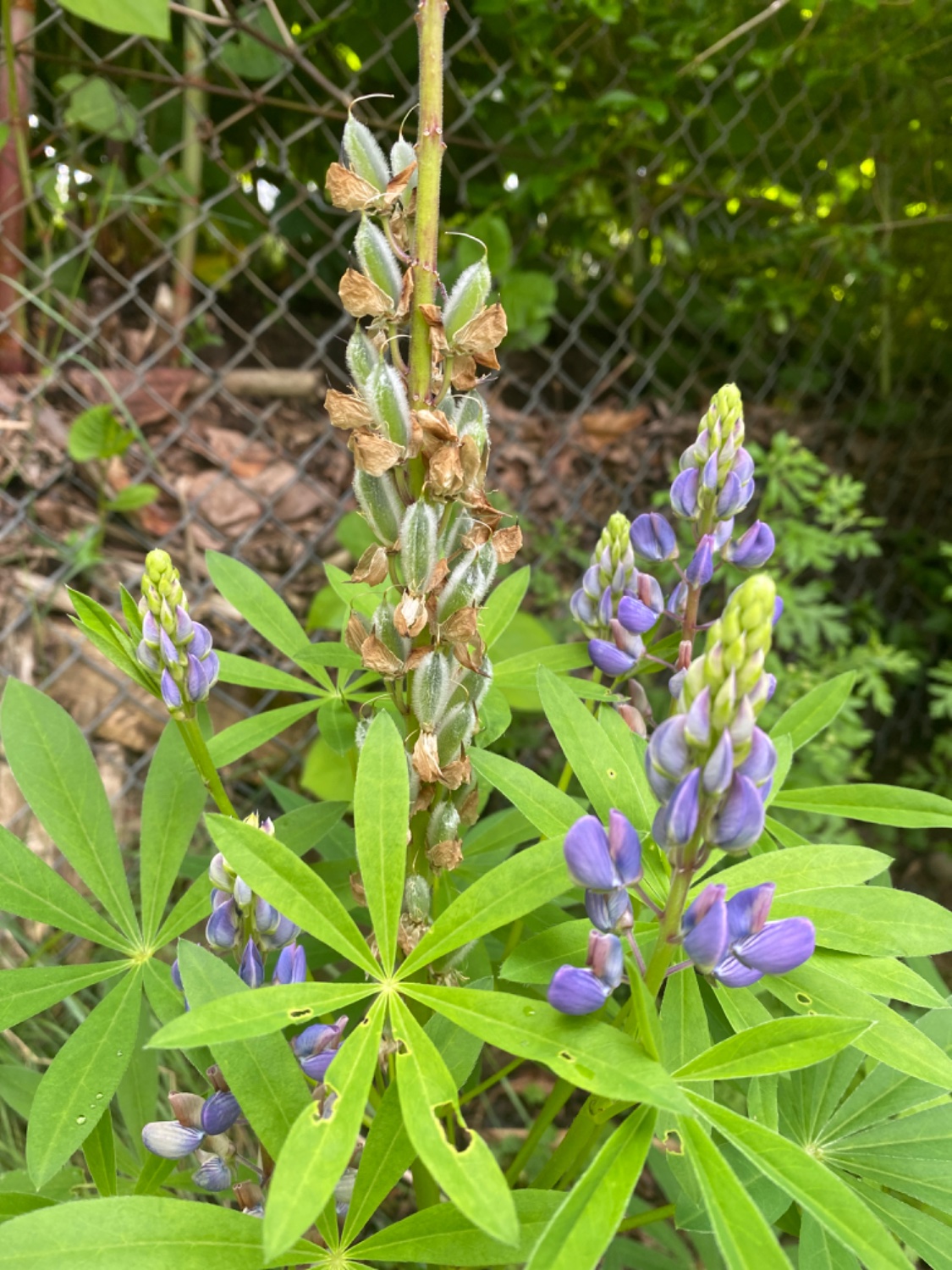Lupines are very pretty, unfortunately they are also very invasive where I live. Here you are recommended to dig them up or at least cut them down and throw them in the trash (absolutely not compost since lupin needs to burn like the rest of the trash).
The government also requests that you report any finds in nature.
Lupin is really common and is apparently pretty aggressive against our native plants, a shame really.

